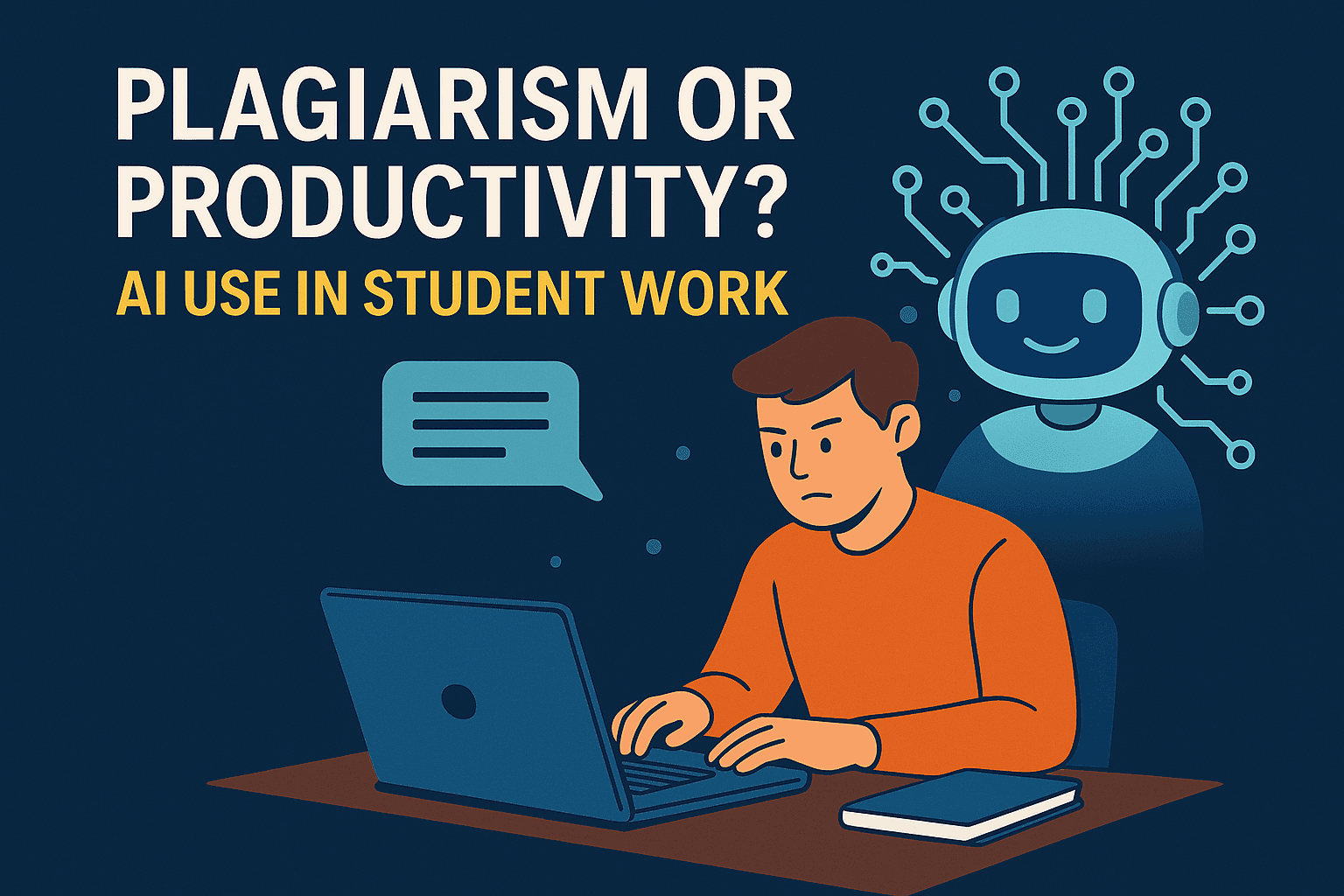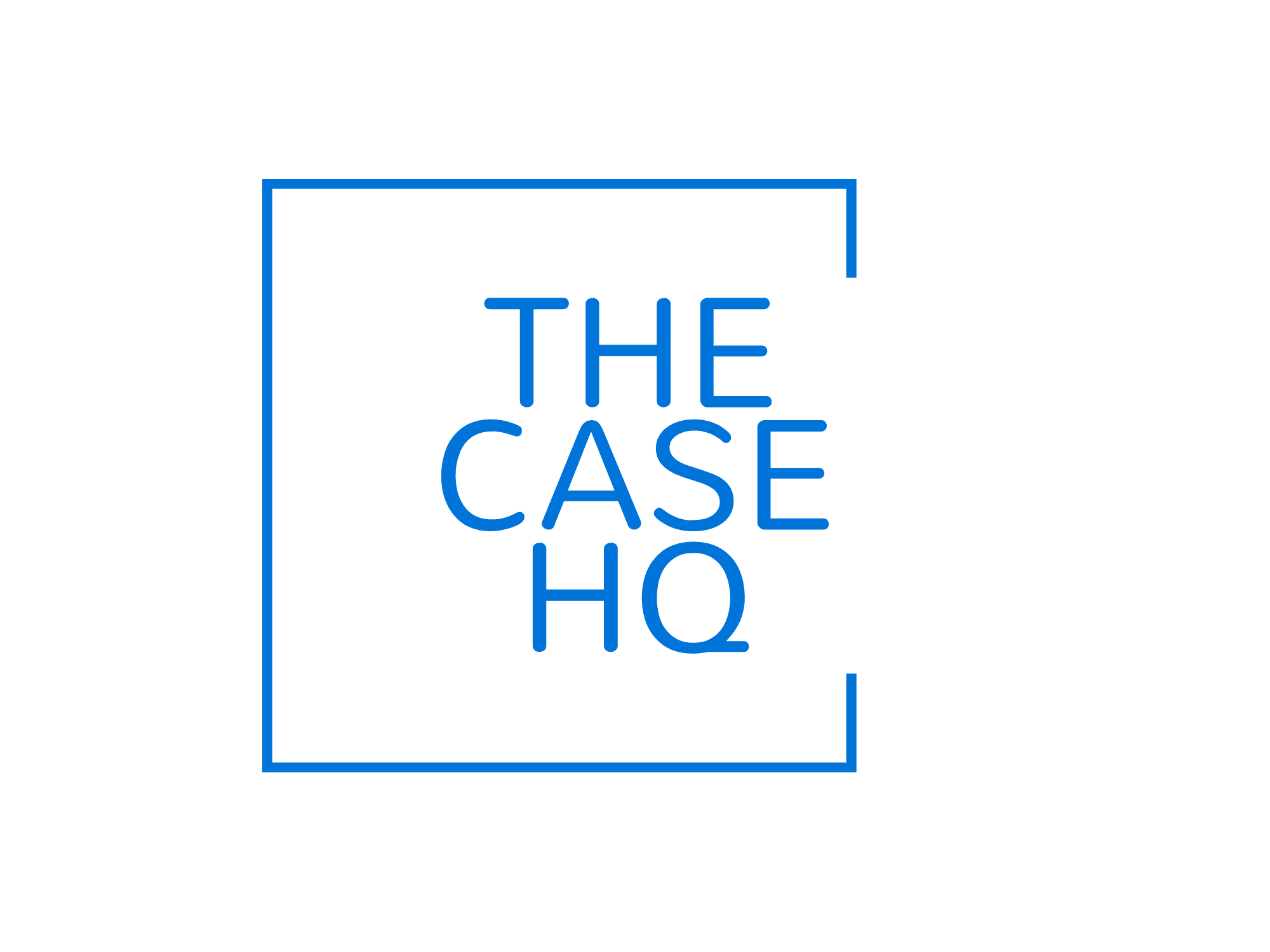The debate surrounding AI use in student work is intensifying as generative AI tools like ChatGPT, Claude, and Bard become more popular in educational settings. While some argue that using AI to assist with assignments is tantamount to plagiarism, others view it as a legitimate productivity tool that enhances learning.
So, is AI use in student work a case of plagiarism or productivity? The answer isn’t straightforward—it depends on how these tools are applied, the ethical guidelines established by institutions, and the critical thinking skills of the students involved.
How Artificial Intelligence Is Revolutionizing Competency-Based Education
What Is AI Use in Student Work?
In educational contexts, AI use in student work refers to leveraging artificial intelligence tools to assist with tasks such as essay writing, research summarisation, grammar correction, coding, or even creative projects.
AI platforms like ChatGPT, Grammarly, and Writesonic are increasingly being used by students to:
- Generate ideas for essays and research papers
- Structure and organise content
- Correct grammar and improve clarity
- Rewrite passages for better coherence
- Automate citation and referencing
For example, a student might ask ChatGPT:
“Generate an outline for an essay on the impact of climate change on urban infrastructure.”
The AI provides a structured outline, which the student then expands upon and personalises.
Why Students Use AI Tools
AI use in student work is often motivated by several factors:
- Efficiency and Time Management
Generative AI tools can save students hours by quickly providing research summaries, organising complex ideas, or suggesting frameworks for projects. - Overcoming Writer’s Block
Many students struggle with starting a writing task. AI can help generate ideas and break through creative barriers. - Language Support for ESL Learners
AI tools like Grammarly provide spelling, grammar, and syntax suggestions, making academic writing more accessible to non-native speakers. - Improving Writing Quality
AI can enhance clarity, coherence, and structure—especially valuable for high-stakes assignments where precision is crucial.
Plagiarism Concerns Around AI Use in Student Work
While the benefits of AI use in student work are evident, concerns about plagiarism and academic integrity are equally significant.
1. Unoriginal Work
If students copy entire AI-generated essays or research papers without making meaningful edits, it constitutes plagiarism. Institutions are increasingly investing in AI-detection tools such as Turnitin AI Detector and GPTZero to combat this issue.
Example:
A university professor recently reported a surge in AI-generated essays. One student submitted a flawless paper on quantum computing but could not explain basic concepts when questioned. Tools like GPTZero confirmed the essay was AI-generated with minimal human editing.
2. Misuse of AI Tools
Generative AI is intended to assist—not replace—critical thinking and research skills. Over-reliance on AI can undermine a student’s ability to develop their own voice and argumentation skills.
3. Ethical Concerns
Without proper guidelines, students may not understand where to draw the line between acceptable AI assistance and academic dishonesty.
Productivity Benefits of AI Use in Student Work
On the flip side, AI use in student work can promote productivity, creativity, and deeper learning if applied ethically.
1. Enhanced Creativity
AI can inspire new ways of thinking by generating diverse ideas, analogies, and even creative writing prompts. For example, a literature student might use ChatGPT to generate alternative story endings to explore different narrative techniques.
2. Improved Accessibility
For students with disabilities or learning challenges, AI tools can provide invaluable support. Text-to-speech, speech-to-text, and summarisation features make learning more inclusive.
3. Rapid Feedback
AI writing tools like Grammarly offer real-time suggestions, allowing students to improve their work before submitting it for grading. This iterative process can significantly enhance learning outcomes.
4. Efficient Research
Students can use AI to quickly locate relevant resources, summarise articles, or generate citations. Tools like Elicit are designed specifically to help students and researchers gather evidence-based information.
Finding the Balance: Guidelines for Responsible AI Use
The key to navigating AI use in student work lies in establishing clear guidelines and encouraging responsible practices.
1. Institutional Policies
Schools and universities should develop policies that clarify what constitutes appropriate AI use. For instance, using AI to brainstorm ideas might be acceptable, but submitting AI-generated essays without revision may be grounds for academic misconduct.
2. AI Literacy Education
Teaching students how to use AI responsibly is essential. Workshops or modules on ethical AI use should be integrated into curricula, especially at the higher education level.
3. Detection Tools
Institutions can implement AI detection systems to monitor potential misuse, but this should be combined with positive reinforcement of ethical use practices.
4. Encouraging Reflection
Instead of banning AI tools outright, educators can ask students to reflect on how AI assisted their learning. This encourages transparency and promotes critical thinking.
Conclusion
The reality is that AI use in student work is here to stay. Whether it serves as a valuable productivity tool or a means of circumventing genuine effort depends largely on how educators, institutions, and students approach it.
By fostering a balanced perspective—one that embraces technological innovation while maintaining rigorous standards for academic integrity—schools can leverage AI for meaningful learning experiences.
The goal should not be to eliminate AI use but to cultivate responsible, ethical, and creative application. After all, the future of education will likely involve AI tools that enhance, not replace, human intelligence.
Visit The Case HQ for 95+ courses
Read More:
AI and the Shift Toward Continuous, Real-Time Assessment: A Transformative Leap in Education
Revolutionising Assessment: Automating Rubric Feedback Through Generative AI
CAIBS Final Exam Guide: How the CAIBS Certification Evaluates Your Strategic Thinking
Designing Transparent Rubrics for AI-Based Evaluation: A Practical Guide for Educators
Success Story: AI-Powered Personalisation in a Business School Setting
The Impact of AI on Assessment Workloads for Educators: A Powerful Shift Toward Efficiency
What Is CAIBS? Discover the Certified AI Business Strategist Program Driving the Future of Work
Certified AI Business Strategist (CAIBS): A Complete Guide to AI Strategy Certification
Inside the CAIBS Course: What You’ll Learn in the Certified AI Business Strategist Program
Why CAIBS Is the #1 Choice for AI Business Professionals in 2025



Responses